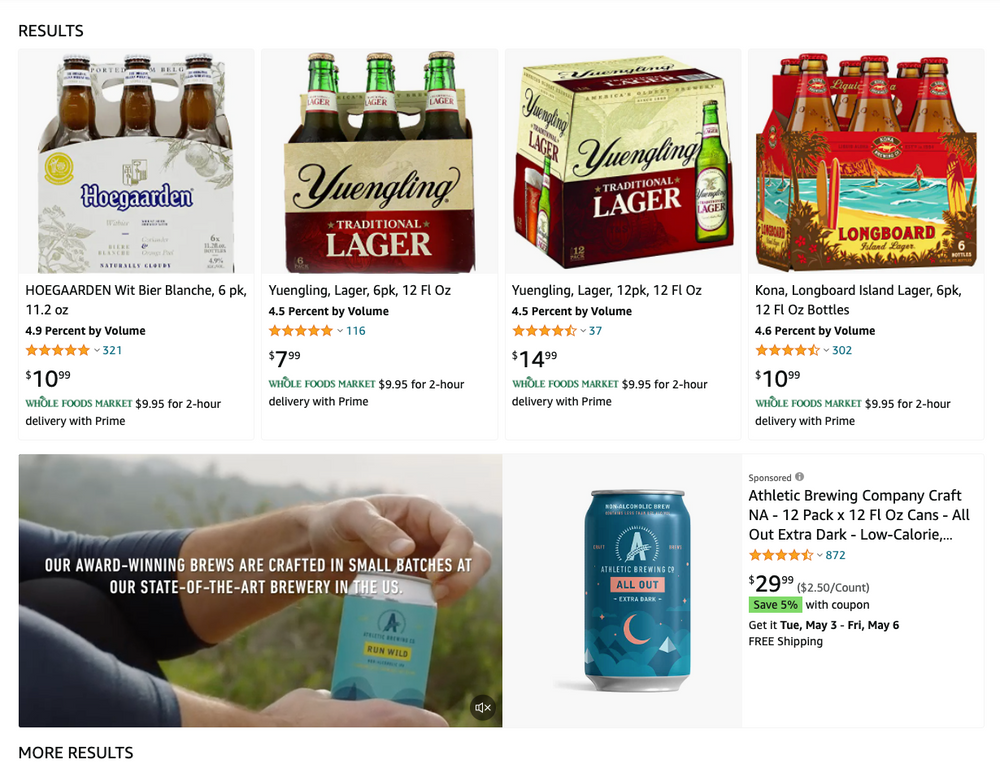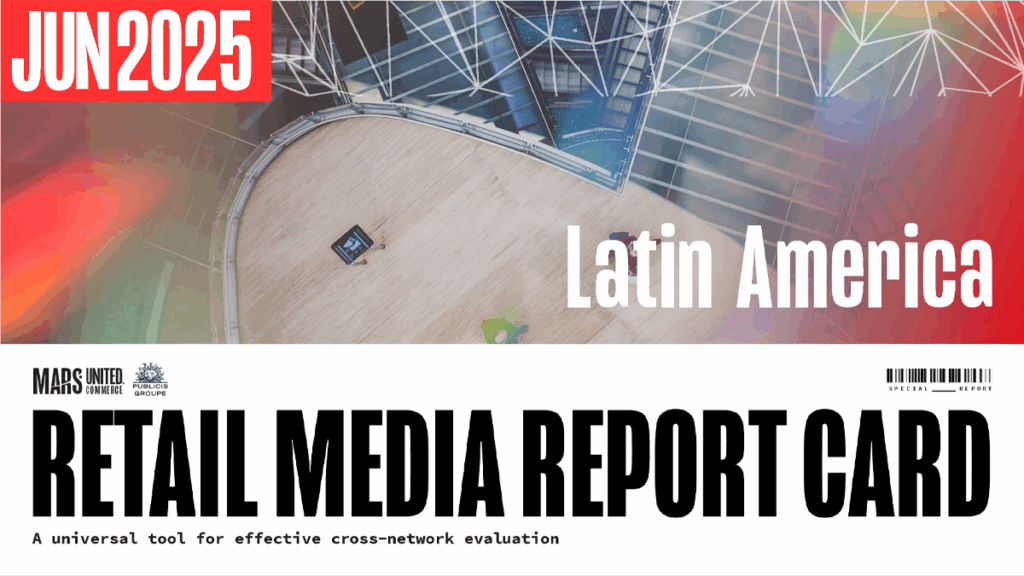By Michella Chiu, The Mars Agency
At the end of 2020, ecommerce strategists were still discussing the awakening of digital adoption for many shoppers: registering their first online account, making their first purchase, picking up their first online order in-store, etc. Fast forward to 2022, and many shoppers are now continuously enjoying the convenience of online shopping.
This doesn’t mean that alcohol brands are ready to engage with these shoppers online, however.
In my work with alcohol brands over the past year, I’ve repeatedly been asked questions about online marketing and omnichannel strategies in the off-premise setting. Based on my experience, there are four key facts that every alcohol brand manager needs to know about the digital side of their business. All of us in the industry should address these facts now, so online shoppers won’t skip the alcohol aisle altogether.

1. Your brand needs to be visible to shoppers and computer bots.
How shoppers gain awareness of your brand and put it into their consideration set is a very complex process. And it’s certainly true that you should continuously keep your products visible to shoppers through online marketing tactics that include advertising. But you need to be “visible” to computers, too: winning shoppers in the ecommerce world also means winning the algorithm so that your products appear at the top of search results.
This is where search engine optimization (SEO) comes into play. Search engines on retailer websites(and elsewhere) apply different rules to assess the relevance of your products to a shopper’s search query. To win this game, you should consistently analyze your search term reports to monitor shopper behavior changes. In addition, search engines consistently change the rules governing how results are ranked, so be sure to work with your retailer partners to get the latest information. That will let you can prioritize your assets accordingly.
A good practice that works across all search engines is adding “alt text” to all the digital assets you submit to retailer partners or data syndication tools. This will ensure that search engines capture the relevant copy, keywords, and digital assets and convey your messaging to shoppers regardless of presentation format.
2. A thorough understanding of catalog structure and product relationships is critical.
Many brands are investing in end-to-end digital strategies and using product data management tools to help with organization and asset syndication to various retailer sites. However, success with syndication tools requires a thorough understanding of a product or brand catalog.
This is because use of a syndication tool often requires digital marketers to utilize a complex product information system (PIM) to assign different attributes that will denote which data should be considered universal governing data (applied to all relevant products) and which are applicable to just a sub-set of products. This also demands that the team using the PIM to manage a product catalog must have a very clear understanding of “parent, child, and sibling” relationships across products. Otherwise, you risk syndicating incorrect or incomplete data to retailer sites, which could compromise content quality and shopper-facing product details.

3. No data management tool is perfect, so choose wisely.
As brand manager or brand strategist, you may be asked to select which product data management tool to use. This turns out to be a very difficult question to answer, because different tools cover different retailer sites, and some retailers work directly with distributors (instead of you as brand or vendor) to obtain the marketing assets.
Therefore, identifying which tool to use should be determined by the retailer coverage needed by your team, but also by which tool your distributors are using to manage content on your behalf; In order to broaden your retailer coverage, you may not want to use the same tools as your distributors.
Another factor that impacts your choice of tools is what other platforms or systems your organization currently uses. Some tools are better than others at integrating with popular office or CRM platforms —retailer network coverage is very important, but not the only consideration.
4. You don’t always control your digital presence.
Indeed, your product detail pages (PDPs) on retailer websites are sometimes not under your control, especially given the critical “middleman” role that distributors play in the alcohol category. When a distributor starts working with a brand, it expects to see online collections of information and media assets for the products they are considering, both before and after the sales pitch. Then, it becomes the distributor’s job to make sure the marketing assets are supplied for those product pages.
As competition for shoppers becomes fiercer online, brand managers also need to make sure the communication route between themselves and the distributor is unblocked. Workflow and communication will need to be even stronger when it becomes necessary to implement a more frequent cadence of PDP updates to align with retailer seasonal events or ladder up to national campaigns.
To be digitally ready, you need a digital asset repository that is compliant with the requirements of your retailer partners, in addition to an efficient workflow system with your distributors to ensure that asset updates to retailer websites are made in a timely manner.
For alcohol brand managers, effectively working with internal teams, distributors, and retailer partners is a difficult task that reflects the shift away from the linear shopper journey of the past. Ecommerce success requires them to think through their brand plan holistically – there are many moving parts that must be interconnected — and implement a digital asset management system that will effectively manage their brand presence across retailers.

About the Author
Michella Chiu is Director of eCommerce Strategy at The Mars Agency. With years of experience in both marketing and academic research, Michella is also an aspiring Certified Wine Educator (CWE) who holds the Certified Specialist of Wine (CSW) credential and a Wine and Spirit Education Trust (WSET) Level 3 Advance certificate. She can be reached at [email protected].
Special thanks to Kristin Wall, Senior Director of eCommerce at The Mars Agency, for her constructive comments on this article.



